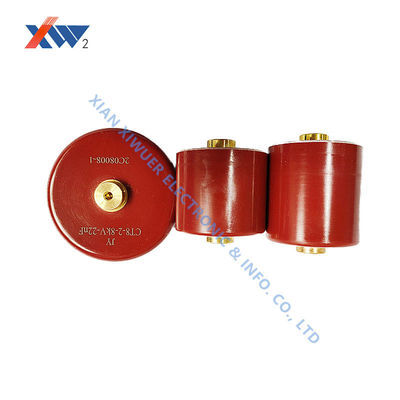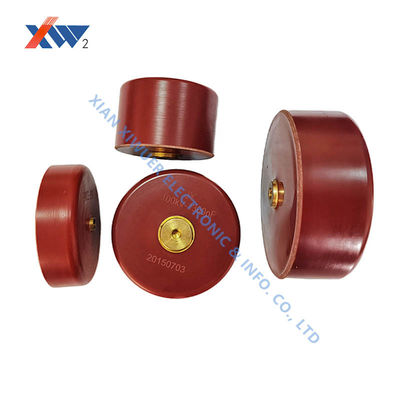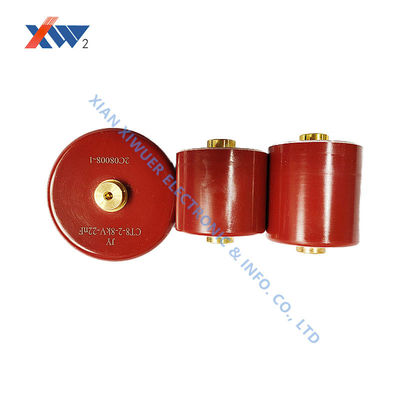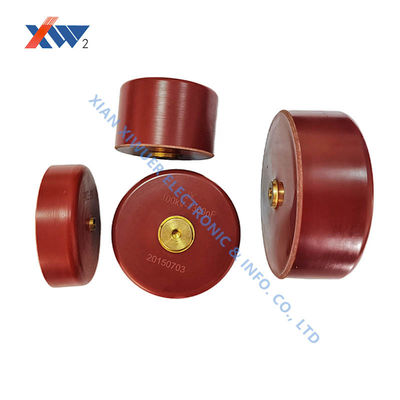-
 リチャード「XIWUERは非常に革新的である。それらは先読みする優秀で、直観的なサービスを私達が」。かもしれないものをに関して未来に必要とする提供した
リチャード「XIWUERは非常に革新的である。それらは先読みする優秀で、直観的なサービスを私達が」。かもしれないものをに関して未来に必要とする提供した -
 マイク「私達の厳しい処理の条件を満たすように異なった指定の設計へのXIWUER献呈研究開発の私達の年へ遺言」はである。
マイク「私達の厳しい処理の条件を満たすように異なった指定の設計へのXIWUER献呈研究開発の私達の年へ遺言」はである。 -
 結婚しなさい「XIWUER印象的な研究の機能があり、よいプロトタイピングの機能および高い製品品質」を示す。
結婚しなさい「XIWUER印象的な研究の機能があり、よいプロトタイピングの機能および高い製品品質」を示す。
The core role of high-voltage door handle capacitors in coupling devices

試供品およびクーポンのための私に連絡しなさい。
whatsapp:0086 18588475571
Wechat: 0086 18588475571
Skype: sales10@aixton.com
心配があれば、私達は24時間のオンライン・ヘルプを提供する。
x| 消化 | ¥0.0040 | 抵抗電圧 | 1.5ur●1分 |
|---|---|---|---|
| 絶縁抵抗 | ≧1.0×105mΩ | ||
| ハイライト | high voltage doorknob capacitors for coupling,door handle capacitors high voltage,coupling devices high voltage capacitors |
||
The core role of high-voltage door handle capacitors in coupling devices
Drawing:![]()
Parameters:
| No. | Specification | Dissipation | Withstanding voltage | Insulation resistance | Dimension(mm) | ||||
| 1 | 20kV-2000pF |
≦0.0040 |
1.5Ur● 1min |
≧1.0×105MΩ |
D | H | L | D | M |
| 2 | 20kV-10000pF | 45 | 19 | 23 | 12 | 5 | |||
| 3 | 20kV-18000pF | 65 | 15 | 19 | 12 | 5 | |||
| 4 | 30kV-1000pF | 80 | 17 | 25 | 12 | 5 | |||
| 5 | 30kV-2700pF | 45 | 24 | 32 | 12 | 4 | |||
| 6 | 30kV-12000pF | 60 | 20 | 28 | 12 | 4 | |||
| 7 | 40kV-150pF | 20 | 33 | 41 | 8 | 4 | |||
| 8 | 40kV-500pF | 28 | 33 | 41 | 8 | 4 | |||
| 9 | 40kV-7500pF | 80 | 24 | 29 | 12 | 6 | |||
| 10 | 40kV-10000pF | 80 | 22 | 26 | 16 | 5 | |||
| 11 | 50kV-1000pF | 50 | 30 | 34 | 12 | 4 | |||
| 12 | 50kV-1000pF | 32 | 27 | 31 | 16 | 5 | |||
| 13 | 50kV-5600pF | 80 | 31 | 35 | 16 | 5 | |||
| 14 | 60kV-1500pF | 50 | 31 | 34 | 12 | 5 | |||
| 15 | 60kV-3000pF | 65 | 32 | 35 | 16 | 5 | |||
| 16 | 100kV-500pF | 50 | 54 | 58 | 12 | 5 | |||
| 17 | 100kV-2000pF | 51 | 32 | 35 | 16 | 5 | |||
| 18 | Insulator type 100kV-1500pF | 68 | 36 | 40 | 16 | 5 | |||
| 19 | 150kV-820pF | 65 | 95 | 100 | 12 | 5 | |||
| 20 | 200kV-600pF | 50 | 90 | 94 | 16 | 5 | |||
High-voltage coupling devices are key components in power line carrier communications, signal acquisition, and energy extraction systems. Their core function is to safely and efficiently transfer high-frequency signals or energy from transmission lines to measurement/communication equipment while simultaneously blocking dangerous power-frequency high voltages. In this sophisticated system, high-voltage doorknob capacitors, with their excellent electrical insulation properties, stable capacitance characteristics, and high voltage resistance, serve as indispensable "frequency selectors" and "insulation barriers" in the coupling loop.
Core Challenges of Coupling Devices and Capacitor Solutions
An ideal coupling device must achieve precise signal coupling and reliable electrical isolation in high-voltage environments, which presents two core challenges:
The threat of high-frequency power voltages: Power-frequency voltages on power lines can reach tens to hundreds of kV and must be effectively blocked from sensitive communications or measurement equipment.
Efficient transmission of high-frequency signals: Carrier communications or pulse signals must be coupled to or extracted from the lines with extremely low loss, placing stringent demands on the frequency characteristics of the coupling components.
The Dual Role of Doorknob Capacitors: Isolation and Coupling
In high-voltage coupling devices, doorknob capacitors simultaneously play two key roles:
High-voltage isolator: Their high withstand voltage (e.g., 35-500 kV rating) enables them to be connected directly in series with high-voltage lines, withstanding power-frequency voltages and forming a robust electrical isolation barrier to protect downstream equipment and personnel.
High-frequency coupling path: For high-frequency carrier signals, capacitors present low impedance, creating an efficient energy and signal path. Their low loss ensures minimal signal attenuation during the coupling process.






